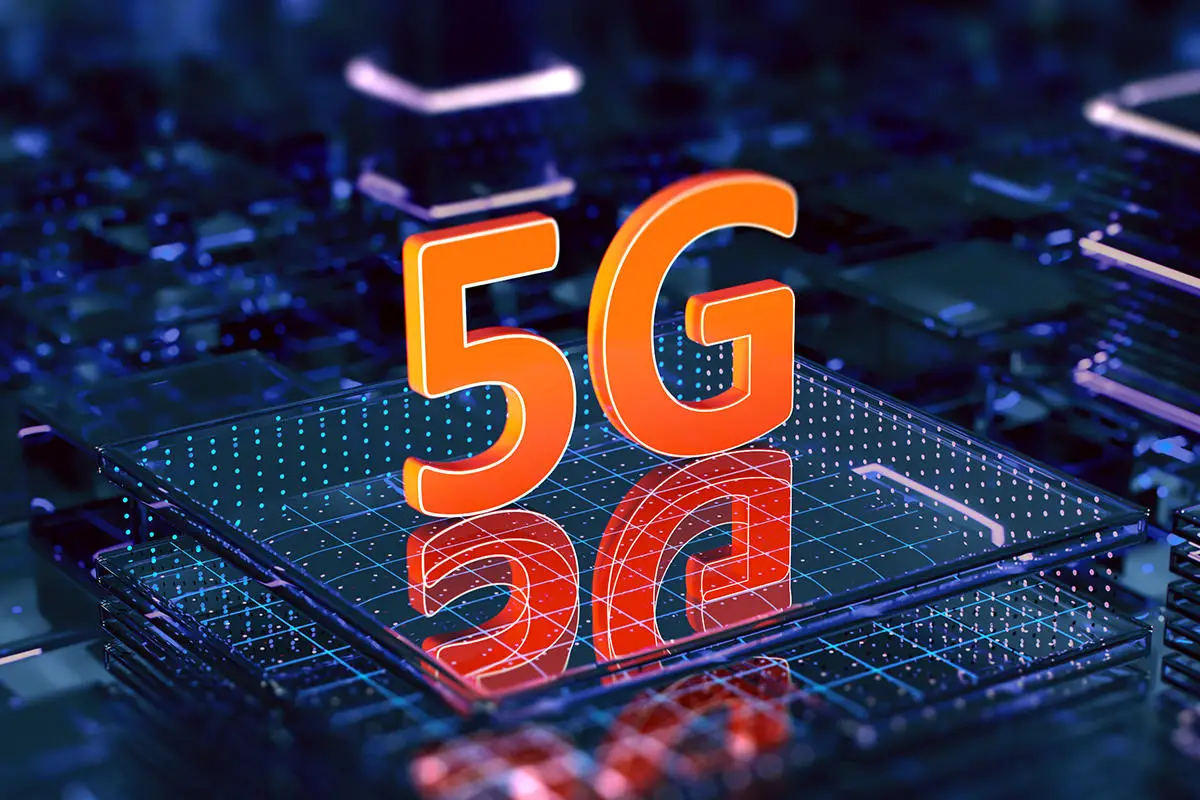In the rapidly evolving landscape of telecommunications, 5G technology has emerged as a game-changer, promising unparalleled connectivity and transforming the way we interact with the digital world. However, the true power of 5G lies not just in its speed, but in the intelligent software solutions that underpin it. In this article, we delve into the transformative potential of 5G software, exploring how it propels us into a new era of connectivity and innovation that promises to reshape industries and enrich our lives.
5G Software: The Heartbeat of Next-Level Connectivity
At its core, 5G is about more than just faster download speeds. It signifies a fundamental shift in the way we connect, communicate, and experience the digital realm. As the number of connected devices continues to grow exponentially and data-intensive applications become the norm, the demand for enhanced speed, reduced latency, and increased bandwidth becomes paramount.
This is where 5G software comes into play. It's not merely the hardware infrastructure that propels 5G networks; the intelligent software solutions that orchestrate and optimize these networks are the true catalysts behind the next-level connectivity revolution.
Unleashing the Potential of Network Slicing
One of the ground-breaking features of 5G software is network slicing. Imagine being able to create multiple virtual networks within a single physical infrastructure, each tailored to meet specific requirements. This is exactly what network slicing allows. Whether it's ultra-reliable low-latency communication for critical applications like remote surgery or high-bandwidth connections for immersive VR experiences, network slicing empowers operators to allocate resources precisely where they're needed.
Network slicing revolutionizes how we utilize connectivity resources. Instead of treating all network traffic uniformly, operators can customize network performance for different applications and industries. This flexibility not only enhances user experiences but also opens doors to innovative applications that were once considered impractical.
Intelligent Edge Computing: A Game-Changer
The integration of 5G software and edge computing marks a monumental shift in the way data is processed and applications are delivered. Edge computing involves moving data processing closer to the source of data generation, reducing latency and enabling real-time applications. With the power of 5G software, edge computing reaches new heights of efficiency and responsiveness.
Consider an augmented reality (AR) application that overlays digital information onto a real-world environment. With 5G software orchestrating the network, the processing power required for real-time image recognition and data delivery can be seamlessly distributed between the edge and the cloud. This ensures a smooth and immersive AR experience, with minimal lag and instant responsiveness.
Enhanced IoT Connectivity
The Internet of Things (IoT) is driving an exponential increase in connected devices – from smart home devices to industrial sensors. 5G software plays a pivotal role in ensuring that the intricate web of IoT devices remains interconnected and functions seamlessly. Its ability to manage massive device connectivity, combined with low latency, transforms IoT from a futuristic concept into a tangible reality.
Imagine a smart city where traffic lights, parking meters, and waste management systems are interconnected through IoT devices. With the power of 5G software, these devices can communicate in real time, optimizing traffic flow, reducing energy consumption, and enhancing urban living standards.
Seamless Multimodal Connectivity
5G software is not just limited to a single connectivity mode. It's designed to seamlessly integrate various connectivity technologies, from traditional cellular networks to Wi-Fi and even satellite connections. This ability to combine diverse connectivity options ensures that users experience uninterrupted connectivity, regardless of their location or the available network infrastructure.
For instance, a user traveling in a self-driving car could seamlessly transition from a 5G network to a Wi-Fi hotspot without any interruption in connectivity. This convergence of technologies is a testament to the adaptability and intelligence of 5G software.
Enabling Real-Time Collaboration
The pandemic-driven shift towards remote work and virtual collaboration has underscored the importance of seamless, real-time communication. 5G software, with its low latency and high bandwidth capabilities, is poised to revolutionize remote collaboration, enabling teams to collaborate as if they were in the same room.
Imagine engineers working on a complex design remotely, using virtual reality to visualize and modify the design in real time. With 5G software facilitating instant data transfer and rendering, these remote professionals can interact, collaborate, and make decisions as if they were physically present.
Revolutionizing Healthcare and Beyond
The potential of 5G software extends far beyond traditional industries. In healthcare, for instance, it promises to revolutionize patient care through telemedicine, remote surgeries, and real-time data analysis. Surgeons could perform intricate procedures with the assistance of robotic systems controlled remotely, all made possible by the real-time connectivity provided by 5G software.
Similarly, in agriculture, 5G software could enable precision farming by connecting sensors, drones, and automated machinery. This would result in optimized resource usage, higher yields, and more sustainable practices.
Conclusion: The Future Unveiled
As we stand at the cusp of the 5G revolution, it's crucial to recognize the central role that 5G software plays in transforming connectivity from a commodity to an enabler of innovation. The convergence of high-speed connectivity, intelligent network management, and real-time processing is propelling us into a new era of connectivity where anything is possible.
5G software is not just about faster downloads; it's about unlocking the potential of emerging technologies like augmented reality, It, remote surgery, and much more. It's about creating a world where devices, applications, and people seamlessly communicate and collaborate, breaking down barriers and redefining what's possible.
As 5G software continues to evolve, we're witnessing the unravelling of a new reality – one where next-level connectivity empowers us to dream bigger, innovate faster, and connect more deeply than ever before. The future is here, and it's powered by the transformative potential of 5G software.
Original Source: https://theomnibuzz.com/next-level-connectivity-unravelling-the-potential-of-5g-software/







